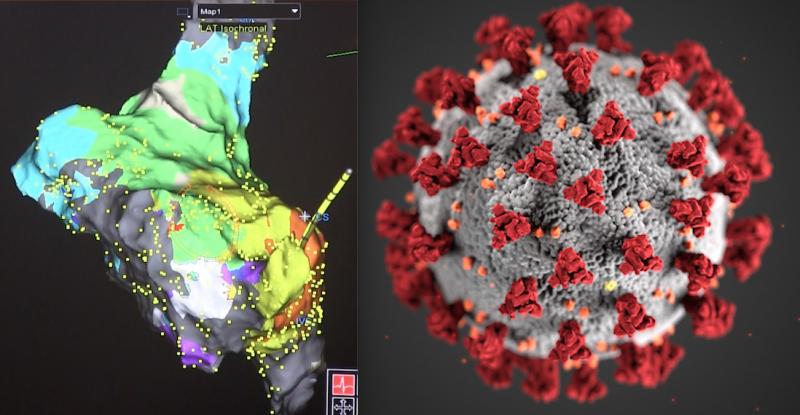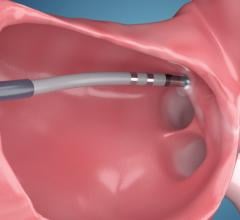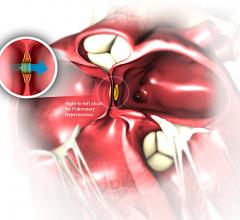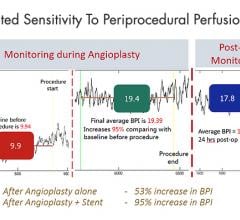January 29, 2021 — The U.S. Food and Drug Administration (FDA) has cleared Medtronic's DiamondTemp Ablation (DTA) system ...
January 29, 2020 — North America’s medical devices industry saw a drop of 17.3% in overall deal activity during the ...

In our most challenging and distressing days, it is nice to think about a post-COVID-19 world. But while this pandemic ...
Providing exceptional cardiovascular care for patients to achieve the best possible outcomes is the number one goal for ...
January 27, 2021 — Philips Healthcare has introduced the Philips Abdominal Aortic Aneurysm (AAA) Model, providing ...
January 27, 2021 — A New York Institute of Technology research team has secured a five-year $1.8 million grant from the ...
January, 27, 2021 — The U.S. Food and Drug Administration (FDA) has granted Occlutech a Breakthrough Device designation ...
Cardiac positron emission tomography (PET) is growing in popularity among cardiologists because it provides the ability ...
January 26, 2021 — Pedra Technology, a privately held company, announced today that the U.S. Food and Drug ...
January 26, 2021 — The U.S. Food and Drug Administration (FDA) has cleared Boston Scientific's Synergy Megatron Drug ...
January 25, 2021 — The U.S. Food and Drug Administration (FDA) approved Merck's Verquvo (vericiguat). It is the first ...
When performing radiofrequency (RF) ablation to treat cardiac arrhythmia, medical professionals must balance the safety ...

With increasing complexity of interventional structural heart disease and congenital heart disease interventions, 3-D ...

With nearly a year of experience with the COVID-19 (SARS-CoV-2) virus, it has been found that some post-COVID patients ...
As of January 2021, in the United States we are now on month 10 of the COVID-19 pandemic. One year ago, we followed ...
Change Healthcare Cardiology Hemodynamics is an integrated hemodynamic monitoring system for monitoring vital signs and ...

Here are a few trends to watch for in electrocardiogram (ECG, or if you prefer the original German EKG) systems. The ...
January 20, 2021 — The U.S. Centers for Medicare and Medicaid Services (CMS) revised its National Coverage Determination ...

January 19, 2021 – With the postponement of non-essential elective surgeries and medical procedures in 2020 to conserve ...


 January 29, 2021
January 29, 2021











